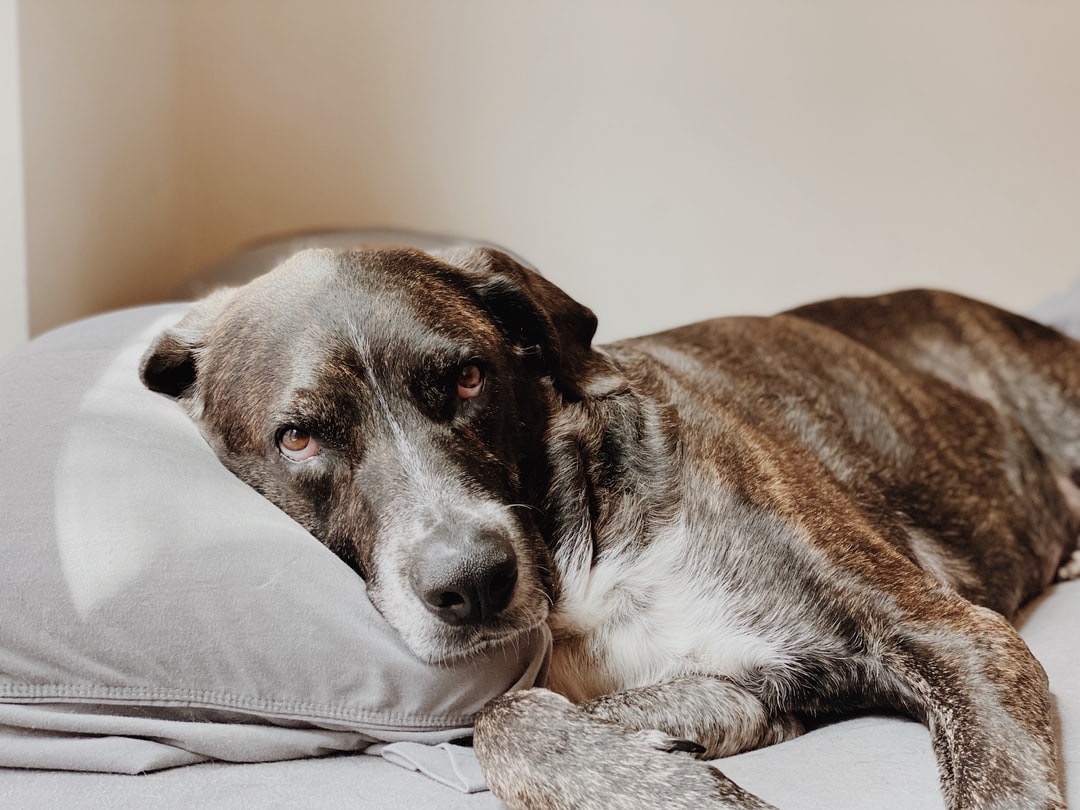
It has been 10 years since we bought our last mattress. By now, it really had its day and is ready to be discarded.
What a shame that this year we will be responsible for one of the 35 million mattresses that are thrown away in Europe every year (1). And although we feel a little guilty about that and there is nothing we can do to avoid it, we can start afresh by avoiding the same in the future by making a sustainable decision for our new mattress selection. How do we balance a good night sleep with the continued mining of new raw materials for our new mattress? Surely there must be another way? Of course there is, its name is circularity. Read on to know more…
A mattress of which all materials can be reused again and again for new mattresses, does it exist? A mattress that closes the loop with no waste streams (pollution). A mattress without foam or glue, with recycled materials and renewable content. A mattress that has been designed with the end in mind: to be disassembled and to be reused again. A circular mattress, in other words. And so we went to investigate!
Time to consult our friend Google: at first, our search for ‘circular’ only resulted in round-shaped mattresses. Then the algorithms of our searches adapted and every time we visited our social media, we were bombarded with mattresses and found all sorts of things: customisable mattresses, healthy mattresses, mattresses without harmful substances such as polyurethane and synthetic latex, recyclable mattresses, return and recycling services, etc.
But, the Reuse, Reduce and Recycle-mantra was not going to get us there this time. Recycling only being the last resort, and frankly, with a bit of good will, everything can be deemed as ‘recyclable’, whether in the upcycling or downcycling stream. Any manufacturer can claim that their products are ‘recyclable’, but are they actually being recycled? Often the complex and glued composition of mattresses does not even allow them to be effectively disassembled and reused. And even though recycling will effectively extend the lifecycle of materials, ultimately they still end up in landfill or in an incinerator…
We found out at IKEA that they aim to be 100% circular by 2030. Within this ambition, they will only design products from renewable or recycled materials. IKEA also has a mattress return and recycling service that they will expand in the coming years. But today we didn’t really find a circularly designed mattress.
Later on though, we came across the ‘Evolve’ mattress by Auping (2), the first fully circular mattress in the world, awarded with the Red Dot Design Award 2020 (3). Auping’s ambition is to take circularity as the starting point for all their products and processes. Their products are being redesigned using modern and high-quality materials and a take-back system for used mattresses is organised. These return streams allow for all usable parts of mattresses to be reused in new mattresses. A closed loop, in other words. The mattresses are made by hand in Deventer, the Netherlands. Auping was also awarded the B Corp Certificate, which is attributed to companies making a significant contribution to a better world through their products or services in terms of social and environmental performance, social responsibility and transparency.
We also found a second circular mattress at Revor Bedding (4), also designed for reuse, in order for materials never go to waste again. This mattress as well is composed from only 2 endlessly reusable materials: recycled PET bottles and steel. The materials are made for disassembly allowing the parts to be separated and reused without loss of value. This way, discarded mattresses are effectively becoming new raw material which can be mined by the manufacturers.
Both mattresses were developed in collaboration with DSM-Niaga (5) and each mattress has a scannable Niaga® label that provides access to a product passport (4). This label gives you – with a simple scan of your smartphone – an insight into the lifecycle of the product: origin of the used materials and information on how to return them.

Summing up:
- Designed “with the end in mind”: Check
- Made for disassembly (no glue or foam): Check
- Waste streams becoming a raw material: Check
- Product passport: Check
- Take-back and disposal of old mattresses: Check
- Closed loop (materials don’t end up in the trash): Check
Today we ordered our new mattress, one that no longer conforms to the outdated linear economic model of ‘make, use and dispose’, but has managed to close the loop (the material can be reused indefinitely without going to waste). Finally, we also ordered an aluminium bed frame from Auping that is completely dismountable and reusable and is made from 40% recycled aluminium. This sustainable ‘Essential’ bed would also be the first fully recyclable bed in the world with a Cradle to Cradle (C2C) (7) Bronze certification.
And now, while waiting for the delivery, we are already looking for responsible bedding ?
…
References
- Mulder, A., Oktober 2019, Matrasrecycling Een kans om niet te laten liggen, ABN AMRO
- Circulair matras | Volledig recyclebaar matras | Auping Evolve
- Red Dot Design Award (red-dot.org)
- Circulaire matras – Revor Bedding
- Check your Tag (dsm-niaga.com)
- In de toekomst wijden we zeker nog een blog aan product- en materialenpasspoorten, want daar zijn we fan van!
